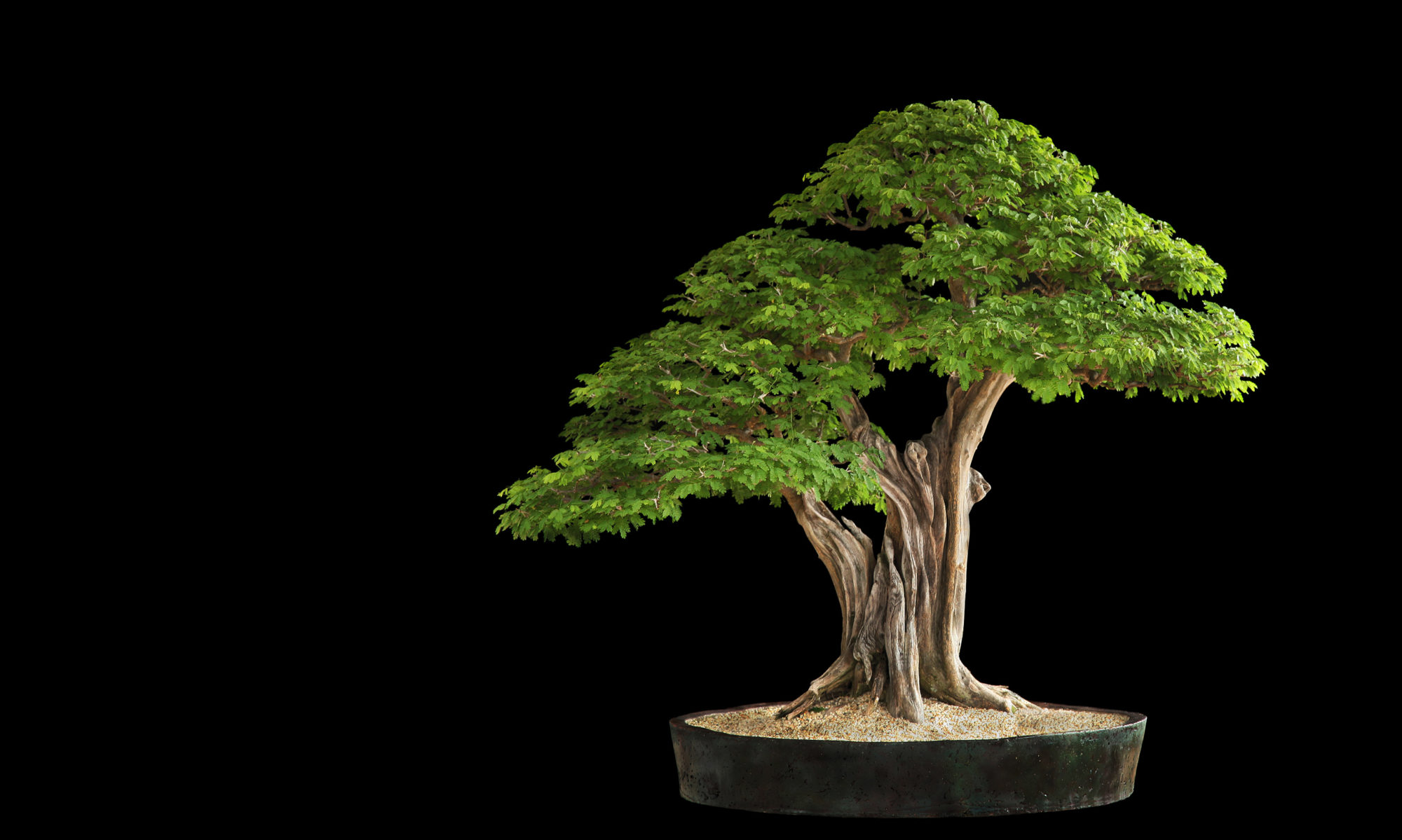Pruning. By Mark Patterson
|
There are three main ways to prune bonsai according to whether the tree has scale-like leaves, needle-like leaves or conventional ‘broad’ leaves. 1: If the tree has scale-like leaves (e.g. juniper, sequoia, chamaecyparis, thuja/cedar, or heathers), then the new buds can be pinched off as they are growing. One grasps any bud(s) longer than the general mass or ‘pad’ of foliage and then pinchess the bud(s) off with the fingernails. Try to remove the tips of any dead-tipped twigs too. Pinching will cause the plant to send out attractive and compact new growth, including new buds for you to pinch. Stop doing this in late Septemeber, start in late May/early June when the buds start to swell. 2: If the tree has needles that come from a growth candle (spike with immature needles) or one that has a leaf or needle every couple millimeters, then one needs only snip the candle or branch at 1/3 its size when it slows its initial burst of new growth.. 3: Everything else with leaves – generally the broadleafed trees. Cut the branch tips, leaving two internodes on the new branch, not including the node that the branch originated from. If the branch still seems too long for the intended design, the branch may be reduced to one leaf set. Do not do this after September. As your bonsai grows – think about it – five years of pruning to 2 branch nodes, twice a year or more – means your tree can grow by 20 nodes per branch in five years. This process results in the desireable condition of ramification, resulting in the branches becoming smaller and more plentiful. Your tree will take on the look of a more mature tree. Excessive or uncontrolled branching can make a tree look like a shrub. Selective pruning can be done to prevent a tree from becoming shrubby. 1: Prune the branches and twigs growing from the trunk or base of the larger branches, these will only conceal the beautiful trunk and branching of your bonsai. If a bud arises from the trunk in a place where a new branch would be appropriate, one would leave that bud or branch, to naturally occur. 2: As the tiny terminal twigs become more numerous, try to eliminate some of the larger branches. One can use the excess twigs from a still attached branch to hide any obvious spot where another branch has been pruned away. One often uses this practice to clip off rather boring straight branches in an effort to encourage taper and movement in the tree. It can also help to reduce the overall size of the tree. |
![]()
